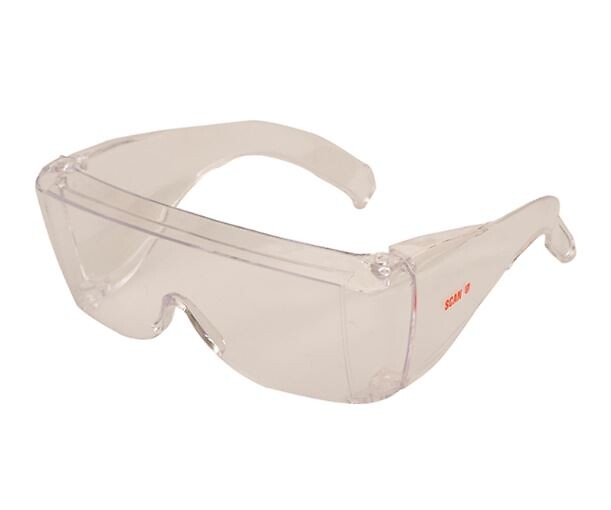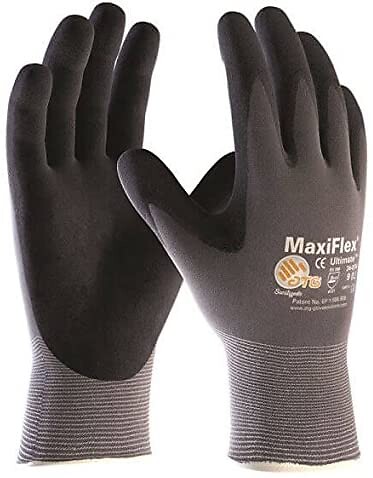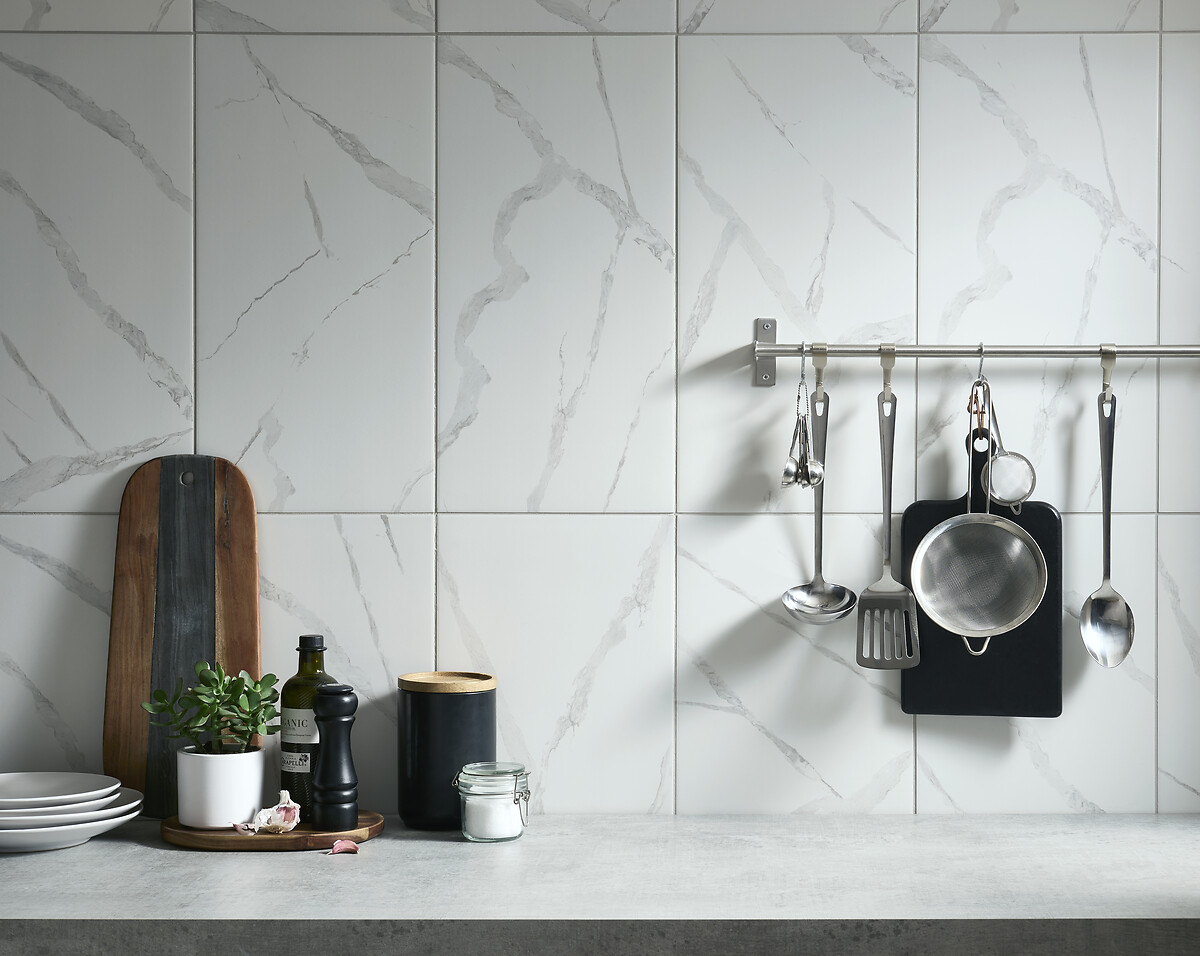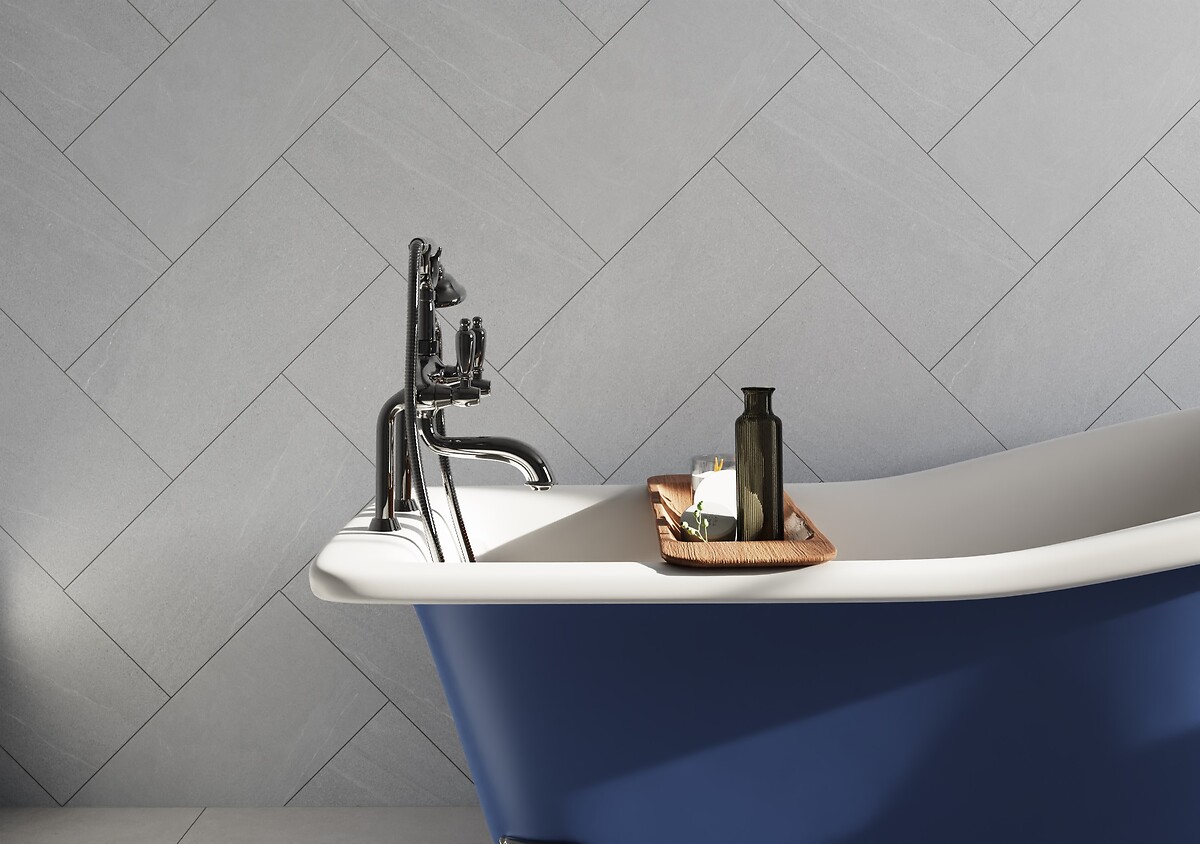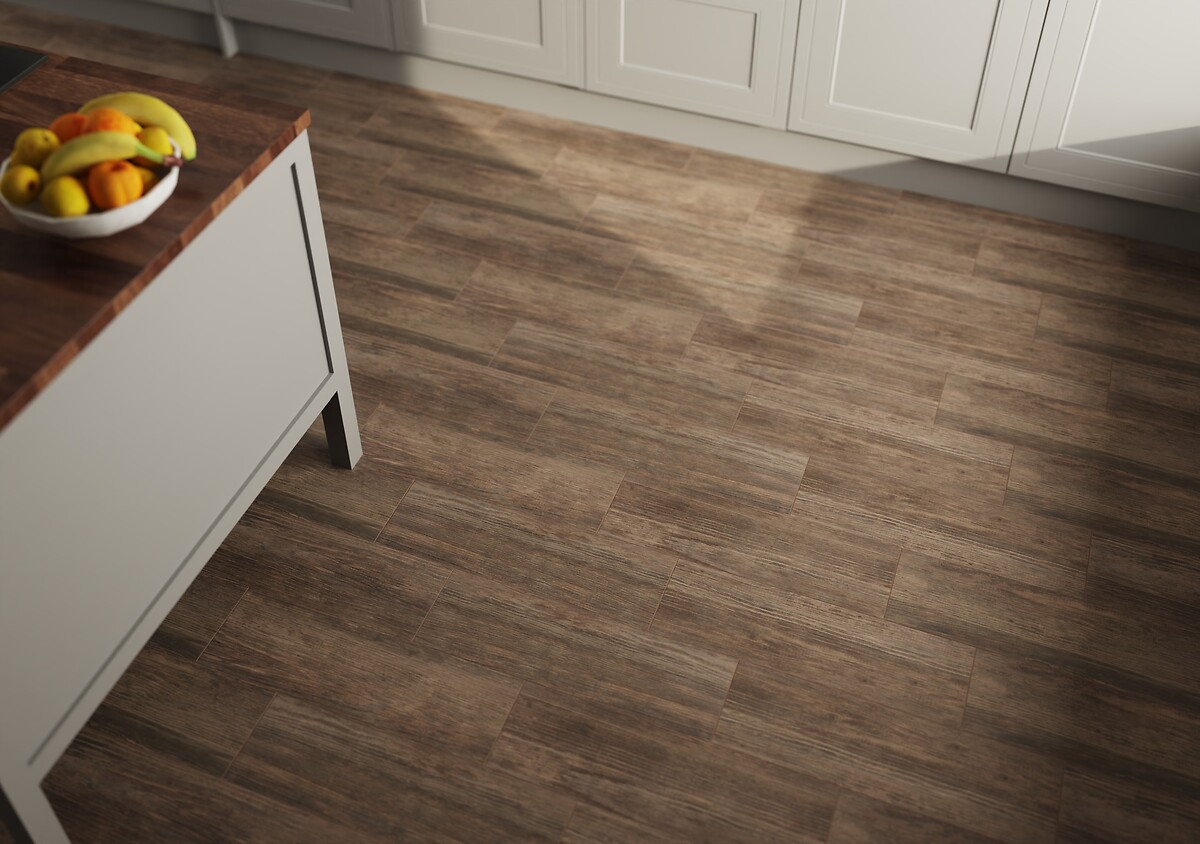Posted on Date 20th Dec 2023
How to drill through tiles
Can you drill into tiles?
There are lots of reasons why you might want to drill into tiles. From installing shelves in the kitchen to hanging a shiny new mirror in the bathroom, drilling holes in tiles is perfectly possible but its important to get it right to avoid tile cracks and wall damage. The majority of tiles particularly porcelain, granite and natural stone are durable, hardwearing and designed to handle the pressures of daily living. This makes them hard to penetrate in comparison to other materials like wood or plasterboard. The trick is to work methodically and slowly. Read on to learn how to drill through all tile types safely.
What to do before you start drilling tile
As with any DIY projects, its important to plan carefully before you start drilling. Firstly, make sure that the tiles you want to drill through arent chipped or cracked already. Even a small chip or crack could see the tile break once the pressure of a drill is implied. With this in mind, avoid trying to cover existing tile damage with shelves, rails or other accessories by drilling through tiles that are not in the best condition. Instead, choose tiles that are intact.
You also need to know what material your tiles are made from as this will determine the type of drill bit to use. Carbide-tipped drill bits, for example, are perfect for ceramic tiles whereas a diamond-tipped drill bit is perfect for harder surfaces like porcelain and quarry tiles. Always get your tools together in advance, including any Personal Protective Equipment (PPE), so that everything is there where you need it and you remain safe throughout the project.
Preparation
Drilling into tiles is a relatively simple and straightforward project that requires minimal tools. That said, its important to use the right equipment to get the job done properly. Heres what youll need for drilling into tiles.
Safety equipment
Safety is of paramount importance, so always wear safety glasses to prevent debris from damaging your eyes. You should also wear a dust mask to protect your lungs and latex grip safety gloves thatll allow you to hold the drill firmly without slipping.
Electric drill and drill bits
An electric drill must be fitted with the correct drill bit for your project. Remember to opt for a carbide-tipped masonry drill bit for ceramic and glazed tiles and a diamond-tipped drill bit for anything that requires a bit more elbow grease such as porcelain and natural stone.
Masking tape
When drilling through a glazed surface it can be hard to keep the drill steady. It tends to skid all over the place so its a good idea to pop some masking tape over the area you want to drill. This will stop the surface from being so slippery and will make it easier to start drilling. Dont forget to mark an X on the masking tape so you know where you have to drill.
Drill guide
If youre new to drilling, its a good idea to use a drill guide. These can be attached to the surface of a tile and will help you to drill as accurately as possible.
Stud detector
Using a stud detector wherever possible is one of the most important steps when hanging anything substantial as it allows you to locate the strongest part of the wall.
Spirit level
A spirit level is essential when installing an accessory with two drill points as itll help you to line up drill holes accurately and create straight lines. How
How to drill through porcelain tiles step by step guide:
Step 1: Mark where you want to drill
When drilling through porcelain tiles, start by holding the accessory against the wall and marking where you need to drill. Place some masking tape over the rough location as this will make it much easier to steady your drill and create holes. Hold your accessory back up against the wall and accurately mark where you want each drill hole to be over the tape. If youre drilling an item to the floor, the same method can be applied.
Top Tip Mark the wall/floor through the precut holes in the accessory to ensure your measurements are correct and use your spirit level to ensure your marks align.
Step 2: Drill your holes
Attach a diamond-tipped drill bit to your drill. These are suitable for harder, denser materials. While some drill bits of this type are water cooled, others are filled with wax to stop the bit overheating and damaging the diamonds. Slowly drill into the tile. Avoid pushing too hard or going in too fast as this could crack the tile. Once a shallow hole has been created it will be much easier to drill deeper until you reach the other side of the tile. Dab your drill bit every now and again with a wet sponge to keep it cool.
Step 3: Change the drill bit
Once youve penetrated the tile, you can now swap the diamond-tipped drill bit for a multi-purpose drill bit. This will protect the diamond drill bit and make it easier to clear the material behind the tile be it plasterboard, brick, backer board or any other substrate. Repeat this process for any other holes you need to create.
Step 4: Clean up
Finally, remove all tape and wipe away any dust thats been left behind. Youre now ready to attach your accessory. Once youve been through this entire process once, youre sure to feel a lot more confident taking on other tile drilling projects in the future.
How to drill through ceramic tiles
Drilling through ceramic tiles is similar to drilling through porcelain tiles. The main difference is that youll need to use a carbide-tipped drill bit. This can be used to drill the wall behind the tile too, particularly if its made from concrete or natural stone. You also have the option to change to a multi-purpose drill bit for a dry wall if you want to.
How to drill wall tiles
Wall tiles tend to be less dense than floor tiles making them slightly easier to drill through. That said, many people find it harder drilling into a wall than a floor because its harder to maintain pressure when pointing the drill directly at the wall. Thats why its important to take your time and use drill guides and masking tape to help you as well as the correct drill bits. When installing accessories onto the wall, accuracy is also important as theres nothing more irrorating than uneven shelves or a wonky cabinet.
How to drill floor tiles
Floor tiles tend to be highly durable to withstand high traffic. This is particularly true in bathrooms, hallways, kitchens and such like so make sure you know what youre drilling into and match up the drill bit as before with ceramic and porcelain tiles. Youll follow the same marking and drilling process. However, remember not to apply too much pressure to the drill. When drilling downstairs into the floor, it can be tempting to use gravity and your bodyweight to make a hole quickly, but this could damage your tile so remember the key principles of drilling tiles and work safely and slowly.
How to drill into tiles without cracking them
When drilling through tiles, some DIYers make the mistake of using their drills most powerful speed in order to break through the tile glaze and get the holes drilled quickly. However, its important to take your time. Going too fast will overheat the drill bit and create vibrations that could crack and then ruin your tiles. Always start at a slow speed and gently apply even pressure until youve drilled through the glaze. Once youve penetrated the top layer you can then gradually increase the speed and pressure, but dont get carried away.
Best drills for tiles
Drilling through tiles is trickier than drilling through wood or other soft materials. Therefore, youll need an electric power drill with the right drill bit for the job at hand. There are many drills on the market these days suitable for tiling projects including the Marcrist CD850 for ceramic drilling and the Marcrist PG750X for porcelain drilling.
Best drill bits for tiles
Most drill bits suitable for tiling have carbide cutting tips. These have spear or arrowhead cutting edges, a straight shaft and drill without percussion (no hammering). Theyre also generally limited to shallow holes making them perfect for tiling projects. Carbide cutting tips are best suited to ceramic tiles. Diamond-tipped drill bits are more suitable for stronger materials like porcelain. They get their extra cutting power from little pieces of diamond embedded in them.
Need more information?
If you have any questions regarding drilling into tiles, then feel free to contact our Customer Services team using our web chat facility.





